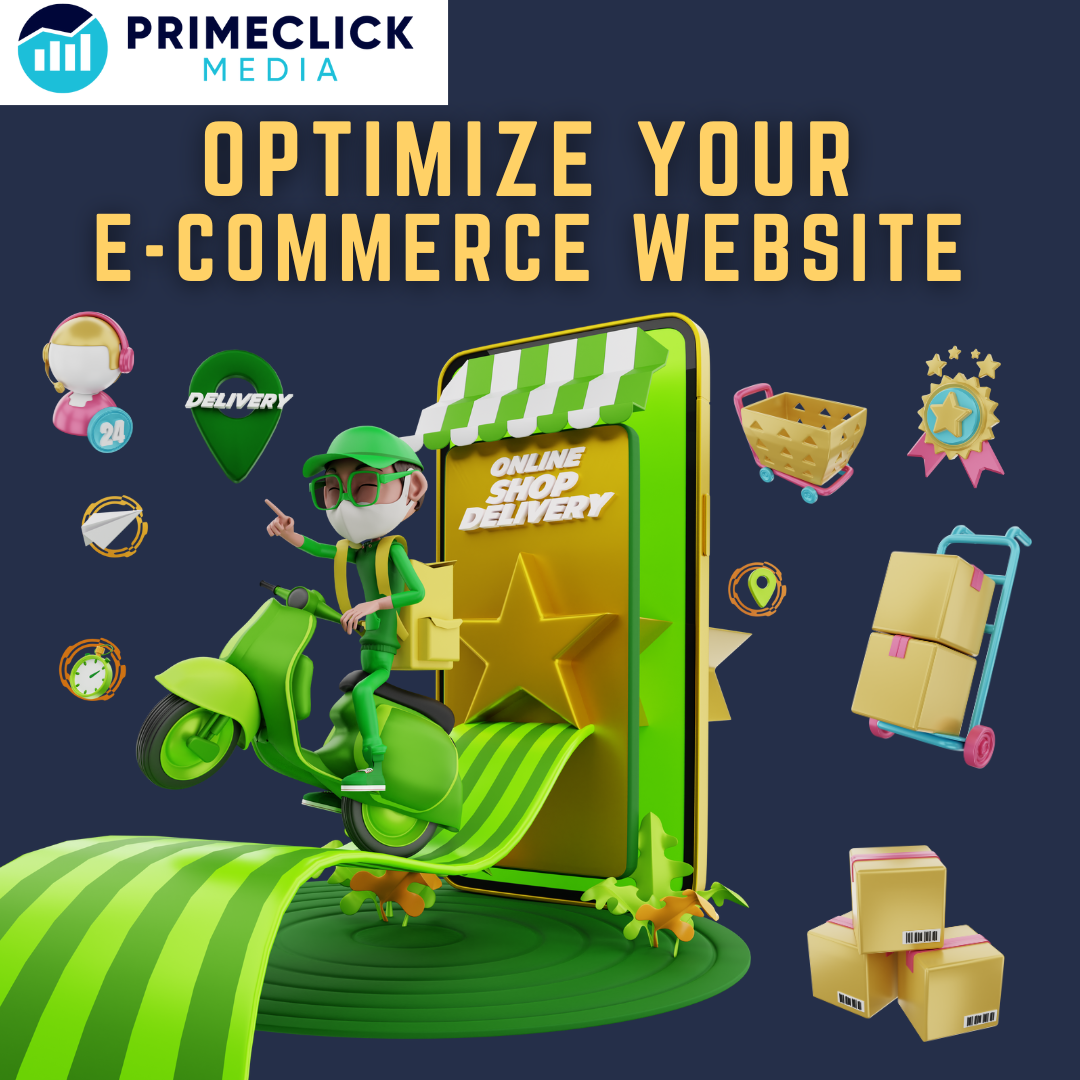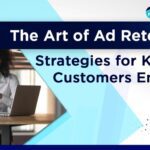Are you ready to supercharge your e-commerce website and turn visitors into loyal customers? It’s time to unlock the secrets of better conversions and turbocharge your sales!
In this blog, we’ll walk you through seven trendy and effective tips to optimize your e-commerce website for success. Let’s dive in!
Why Optimizing an E-commerce Website is Important?
Optimizing your e-commerce website is crucial for achieving success in the competitive world of online business. It goes beyond just making your website look good; it involves strategically improving various aspects of your site to enhance the user experience and boost conversions. Here are some key reasons why optimizing your e-commerce website is vital for success:
Improved User Experience
A smooth and enjoyable user experience is paramount to keeping customers engaged and coming back for more. By optimizing your website, you create a user-friendly interface that makes navigation easy, product search seamless, and checkout hassle-free. A positive user experience builds trust and encourages customers to complete their purchases.
Increased Conversions
The ultimate goal of any e-commerce website is to convert visitors into customers. Optimization focuses on enhancing elements like calls-to-action, product images, and checkout processes to boost conversion rates. By streamlining the buying journey, you remove barriers that might deter potential customers from making a purchase.
Higher Search Engine Rankings
Search engines love well-optimized websites that provide valuable content and a positive user experience. When you optimize your e-commerce site, you improve its search engine optimization (SEO) and increase the chances of ranking higher in search results. This means more visibility, more organic traffic, and more potential customers finding your site.
Competitive Advantage
In today’s crowded e-commerce landscape, standing out is essential. An optimized website gives you a competitive edge by delivering a superior online shopping experience. By differentiating yourself from competitors, you attract more customers and build a loyal customer base.
Mobile-Friendly Adaptability
With the rise of mobile devices, having a mobile-friendly website is no longer optional—it’s a must. Optimizing your site for mobile users ensures that customers can easily access and browse your store from their smartphones or tablets. Mobile-friendly websites also rank better in search results, thanks to Google’s mobile-first indexing.
Enhanced Trust and Credibility
An optimized e-commerce website exudes professionalism and reliability. When customers see that you’ve put effort into creating a well-designed and functional site, they are more likely to trust your brand and feel confident about making purchases.
Reduced Bounce Rates
Slow-loading websites, confusing layouts, or a cumbersome checkout process can lead to high bounce rates—meaning visitors leave your site without taking any action. Optimization helps reduce bounce rates by providing a smooth, engaging, and efficient experience, encouraging visitors to explore further and convert.
7 Tips: Boost Your E-commerce Success
Irresistible Product Images: A Picture is Worth a Thousand Clicks
Your product images are the superheroes of your e-commerce website. High-quality, eye-catching visuals can instantly captivate shoppers and make them fall in love with your products. Make sure your images are crystal clear, well-lit, and show products from various angles. Let customers zoom in for a closer look, and don’t forget to feature real-life images of happy customers enjoying your products!
Clear and Compelling Calls-to-Action: Don’t Keep Them Guessing
Your call-to-action (CTA) buttons are like a GPS guiding customers to their destination – a successful purchase! Make your CTAs stand out with bold colors and persuasive text. Instead of bland “Buy Now” buttons, jazz it up with “Grab Your Amazing Deal Now!” or “Get Yours Before It’s Gone!” – trust us, it makes a difference!
Mobile-Friendly Magic: Captivate On-The-Go Shoppers
With mobile devices ruling the world, your e-commerce website needs to shine on smartphones and tablets. Optimize your site for mobile users, ensuring smooth navigation and fast-loading pages. A seamless mobile experience will keep customers engaged and encourage them to shop wherever they are!
Streamlined Checkout: The Speedy Express Lane
Nobody likes a slow, complicated checkout process. Keep it simple and efficient with a one-page checkout or a progress bar to guide customers through the steps. Offer guest checkout options and provide multiple secure payment methods to cater to different preferences. A hassle-free checkout experience is your ticket to higher conversions!
Social Proof Power: Show Off Your Happy Customers
Let your customers do the talking for you! Display customer reviews, ratings, and testimonials prominently on your website. Social proof is a potent tool that builds trust and confidence in your products. Happy customers create a domino effect, encouraging others to purchase with peace of mind.
Personalization Perfection: A Tailor-Made Shopping Experience
Roll out the red carpet for your customers with personalized shopping experiences. Use AI-driven recommendations to suggest products based on their browsing and purchase history. Address customers by their names and send personalized offers and discounts – it’s like having a virtual personal shopper!
Speedy Loading: Don’t Keep Them Waiting
Patience is a virtue, but not when it comes to website loading times! Speed up your site by compressing images, optimizing code, and using a reliable hosting provider. Customers will appreciate the lightning-fast browsing experience, and you’ll see a boost in conversions.
What are Conversions?
In an e-commerce website, conversions refer to specific actions taken by website visitors that align with the website owner’s goals and objectives. Conversions indicate successful interactions and engagements with the website, demonstrating that visitors have completed desired actions. These actions are critical for measuring the effectiveness of the website and its ability to generate revenue and achieve business objectives.
The primary and most common type of conversion in an e-commerce website is a completed purchase. When a visitor browses products, adds items to their shopping cart, proceeds to the checkout process, and successfully makes a payment, it is considered a conversion. This conversion represents a successful sale, and it contributes directly to the e-commerce business’s revenue.
However, conversions in an e-commerce website can also encompass other valuable actions that contribute to the overall success of the business. Some examples include:
Newsletter Subscriptions: When a visitor signs up for the e-commerce website’s email newsletter, it is considered a conversion. Newsletter subscriptions help the business build a customer database for future marketing efforts and communication.
Account Registrations: When a visitor creates an account on the e-commerce website, it is counted as a conversion. Account registrations allow businesses to offer personalized experiences to customers and track their preferences, leading to potential repeat purchases.
Add to Wishlist or Favorites: When a visitor saves products to their wishlist or favorites list, it is considered a conversion. This action indicates a level of interest in the products and allows the visitor to revisit and consider making a purchase later.
Click on a Call-to-Action (CTA): When a visitor clicks on a specific CTA, such as “Buy Now,” “Add to Cart,” or “Learn More,” it is counted as a conversion. This action signifies engagement and interest in a particular product or service.
Contact Form Submissions: When a visitor fills out a contact form to inquire about products, services, or support, it is considered a conversion. This action represents a potential interest in the offerings and allows the business to follow up with the visitor.
Downloads or Sign-ups for Content: When a visitor downloads a digital product (e.g., e-book) or signs up for a webinar or event, it is considered a conversion. These actions help businesses build leads and engage with potential customers.
Conclusion
Optimizing your e-commerce website for better conversions is all about delighting your customers at every turn. With captivating product images, compelling CTAs, mobile-friendly magic, a streamlined checkout process, social proof power, personalization perfection, and speedy loading, you’ll have the recipe for e-commerce success!
So, what are you waiting for? Implement these trendy tips and watch your conversion rates soar like never before!





